I made it to Pilling on Friday morning and met up with Will for a spot of ringing. Another quiet session saw a catch of just 9 birds - 6 Linnet, 1 Sedge Warbler, 1 Chiffchaff and 1 Robin.
The ringing was quiet but birding while sat in the warming sunshine proved immensely entertaining. We saw two but possibly three separate Marsh Harriers, one in clear north to south migration, the other two patrolling the landscape.
A Peregrine tried twice to catch Stock Doves and while the Peregrine failed to connect a Buzzard hung around just in case there were spoils to be had.
A Sparrowhawk, 3 Little Egrets and 2 Grey Herons added to our sightings with small flights of both Wigeon and Teal in the mix. Linnet numbers are down with a low count of 50/60 made up of small parties between 3 and 8.
The numbers are down in all respects from those of two and three weeks ago. We suspect that we have witnessed a juvenile dispersal of some magnitude and that there will now be a lull until the arrival of more Linnets when colder weather arrives.
Sedge Warbler
Robin
Marsh Harrier
There are more birds, birding and photos to come. Log in soon to Another Bird Blog.
+++++++++++++++++++++++++++++++++++++++++
Meanwhile, there’s interesting and up to date news from Another Bird Blog’s Game and Sporting Correspondent.
As a reminder and estimates vary, approximately 32 million Pheasants, 9 million Red-legged Partridges and 2.6 million Mallards are released into the countryside annually in the UK. The birds are released to provide ‘sport’ for people who live in or travel to the countryside. The released birds are subsequently killed during highly organised shooting occasions throughout the late autumn and winter months.
This is known as Driven Game Shooting, a form of shooting more formal than simply walking with a dog alongside the hedgerows, and is
usually confined to pheasant, partridge and grouse shooting.
On the shoot day, a team of shooters, or Guns, line out at
numbered pegs. Meanwhile, under the gamekeeper’s instructions, a group of
beaters and their dogs move through areas of woodland or covert, flushing the
game ahead of them.
The aim is to get the birds to break cover and fly high over
the line of Guns to provide sporting shots. Shot game is retrieved quickly by a
picker-up who sends his/her trained gundog to where the shot game falls.
Because of the organisation and number of people involved in a shoot of this
sort, the financial cost to the Guns is considerably higher than in the other types of
shooting.
Pheasant rearing
“Pippa, her posh pals, piles of dead pheasants and partridges... and some very pukka wellies”
Daily Mail UK
The huge demand for the millions of young gamebirds (poults) reared for shooting in the countryside needs both home grown birds and imports from Europe. The largest exporters of gamebirds to the UK are France, Poland and Spain. France is by far the largest supplier of factory-farmed pheasants to the UK shooting industry with the Eurotunnel the main supply route for these birds.
It seems that the price of Pheasant poults in particular is suffering from the same if not higher levels of inflation than the price of Waitrose avocados. Rearing birds requires labour, food, water, transport, husbandry, heating and energy, all of it getting more expensive by the day.
In the early part of 2022 the industry worried that the price for a single poult might reach the dizzy heights of £5.
During 2021/2022, France saw a high level of H5N1 Avian Flu outbreaks concentrated in the Vendee and Loire Atlantique regions - some of the main suppliers of game birds and eggs to the British game keeping market – as well as in French game birds themselves.
The wave of cases in the southwest of France led to the culling of about 4 million birds, according to Reuters. There were 975 outbreaks of avian flu in the country between late November and March 2022.
During this time France also experienced restrictions of movement and lockdowns of people and services due to Covid.
This perfect storm of circumstances has seen the price of Pheasant poults imported to the UK rocket to near £10 a bird, a price that threatens the financial viability of UK shoots where attendance at even the smallest gathering may require a payment of £1,000 or more per person per day.
It appears that some French producers who earlier in 2022 took orders from the UK have now reneged on deals or stated that they are unable meet new orders. The result is that as the shooting season of 1st September draws near, the price of a single UK grown poult for immediate supply was very recently quoted at £12.50 by a Lancashire supplier keen to fill the gaps in supply.
A Gun
Organiser of shoots and their Guns worry they may have to cut down on the number of shooting days this winter.
Whatever happens from here on it seems likely that at the very least there will be less shooting this winter, with a corresponding lessening impact on the environment & countryside caused by the release of many thousands of factory farmed birds.
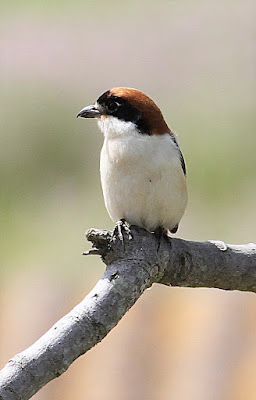

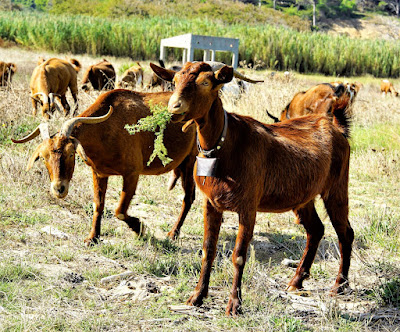








.JPG)


.JPG)







.JPG)

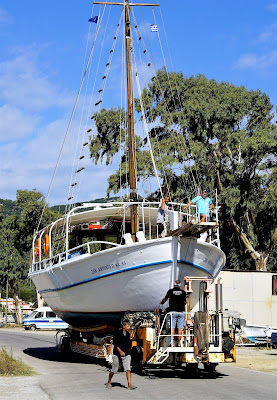


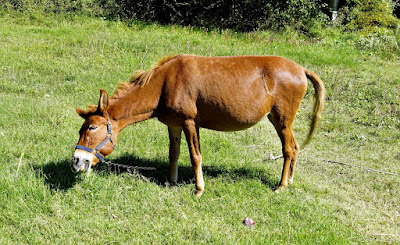


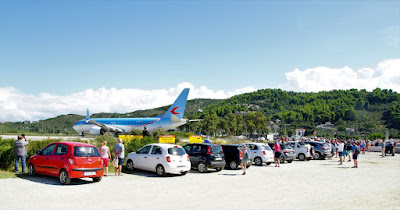


















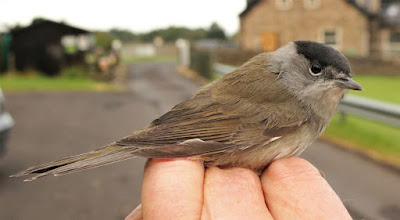






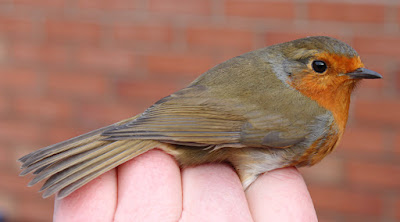










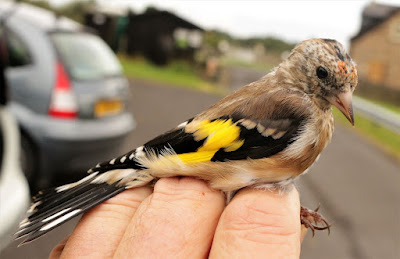

.jpg)


.jpg)







.JPG)







.jpg)











